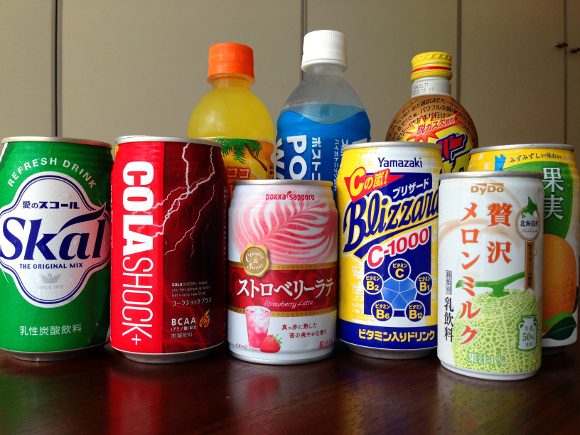
With the rainy season over and done, we’ve been seeing day after day of scorching sunshine here in the Tokyo area. If you’re spending much time outdoors, whether sightseeing or just commuting to and from work or school, it’s important to drink plenty of fluids, since it’s the best way to ward off dehydration.
Thankfully, Japan is covered in vending machines, so you’re never too far away from a cold, refreshing beverage. Of course, you can only knock back so many bottles of Coca-Cola before getting bored with the flavor, so we’ve scoured the streets of Tokyo and came back with no fewer than 10 vending machine drinks that fly under the radar in Japan.
The going rate for a canned or bottled soft drink in a Japanese convenience store or vending machine is about 150 yen (US $1.49). By shunning major brands like Pocari Sweat, Calpis Water, and the less comical-sounding C.C. Lemon and Aquarius, the most we spent for any of our liquid refreshments was 100 yen, and a few real bargains were priced at just 80 yen.
Still, some would argue that even where soft drinks are concerned, you get what you pay for. Would our selection join the esteemed ranks of satisfying drinkable oddities that alcoholic tomato juice recently ascended to, or would they be relegated to the depths occupied by mint chocolate beer?
1. Cola Shock (JT)
First up was a can of Cola Shock, produced by JT, also known as Japan Tobacco, which actually sells a pretty wide assortment of beverages. Not to fear, Cola Shock isn’t a nicotine-laced concoction. As a matter of fact, there’s nothing particularly shocking about it, as it’s just an ordinary carbonated drink with a caramel aftertaste, making it an economic alternative to Coke or Pepsi. We were a little disappointed that it’s not a zero-calorie drink, though, since we, like a lot of people in Japan, have become big fans of calorie-free colas.
2. Skal (South Japan Dairy Cooperative, Inc.)
If you’re not a long-time soft drink connoisseur, you might not be familiar with the slightly fizzy, yogurty Skal. It’s been around since 1972, though, and apparently tastes much the same now as it did then, if the can’s proclamation that this is “The Original Mix” is anything to go by. Consider this a budget version Calpis Soda, with enough flavor that it makes for a little treat in and of itself.
3. Blizzard (Yamazaki)
Also known as Blizzard L, this vitamin-infused carbonated beverage bills itself as “A storm of C!” It also has vitamins B1, B2, B6, and B12. The sour notes are pretty strong here, and there’s a slightly spicy aftertaste, and overall it tastes pretty good, plus far better than the medicine-like flavor we’d incorrectly expected.
4. Super High Octane MAX Charge (JT)
You know an energy drink is serious when it’s not max charge, but MAX charge! Extremely fizzy and with a chemically aftertaste, this isn’t designed for sipping during a moment of quiet contemplation, but it might be just the thing if you’re looking for a drink with a kick.
5. Postonic Water (Sangaria)
We’ve got no clue what the name is supposed to mean. Maybe this is a follow-up to some earlier Sangaria product we don’t know about called Preonic Water? In any case, this is a sports drink, and conforms to Japan’s standards for such by having a mild grapefruit-like flavor that’s somewhere between Pocari Sweat and the milder Aquarius in intensity. In keeping with its target market of active and fit individuals, a 500-mililiter (16.0-ounce) bottle has just 60 calories.
6. Strawberry Latte (Pokka Sapporo)
This is almost identical to the paper cartons of strawberry milk that’re a mainstay of Japanese convenience store shelves. Sweet but not as milky as the name implies, it sadly doesn’t quite deliver on the can’s promise of having a “delicate scent,” as we didn’t notice much of any aroma when we cracked ours open. Still, this makes a good choice for kids or people in the mood for something sweet.
7. Zeitaku Melon Milk (DyDo)
On the other hand, Zeitaku Melon Milk is 50 percent milk. Instead of the sugary sweetness of melon soda, the flavor is more in line with Japanese melons, making this one of our test group’s more sophisticated members.
8. Kajitsu Jikkan Mizore Nashi (JT)
Although it’s only one percent actual fruit juice, this beverage also contains tiny little pieces of nashi, or Asian pear. We’re not sure we really needed all that pulp, but this was fruity and pleasant all the same.
9. Hiyashi Ame (Sangaria)
We’d never tried Hiyashi Ame before, but we hear it’s actually a pretty common drink in Japan’s central Kansai region. Similar in taste to ameyu, a sweet and malty traditional beverage, Hiyashi Ame is flavored with cinnamon and ginger, giving it an old school flavor that makes this just a little like a Japanese version of sarsaparilla.
10. Nata de Coco Pineapple (Malaysia….?)
The most mysterious of our group came in this plastic bottle. Try as we might, we couldn’t find the name of the manufacturer written anywhere, and the best we could do was identify the country of production as Malaysia. This veil of secrecy didn’t hurt the flavor any, though, which was refreshing and sweet, with a generous amount of coconut water jelly floating about.
Honestly, despite their lack of cachet or star power, nothing in our group tasted bad, and we could honestly see some people becoming big fans and regular drinkers of some of them. So if you’re looking to keep yourself hydrated and refreshed, and do it all while spending about 30 percent less than usual, we highly recommend stepping off the beaten beverage path.
Photos: RocketNews24
[ Read in Japanese ]

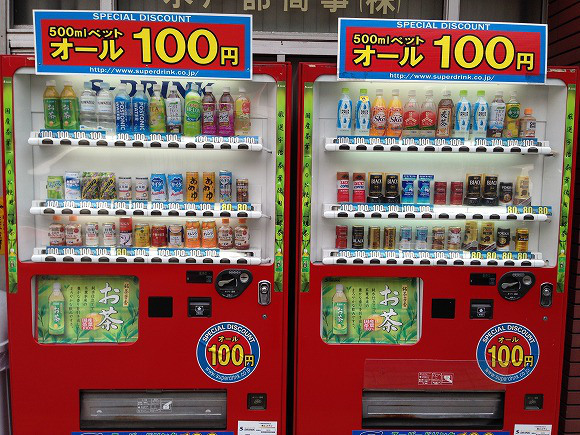
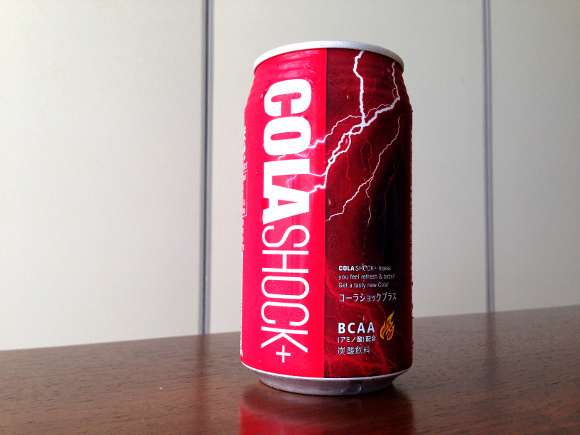
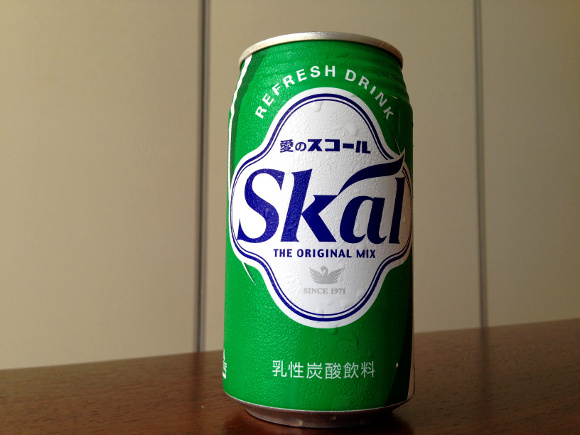
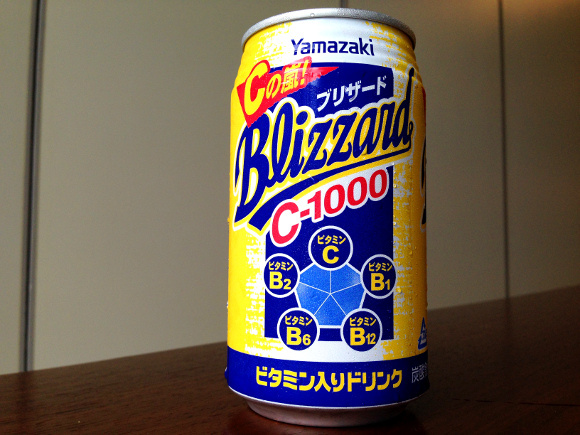
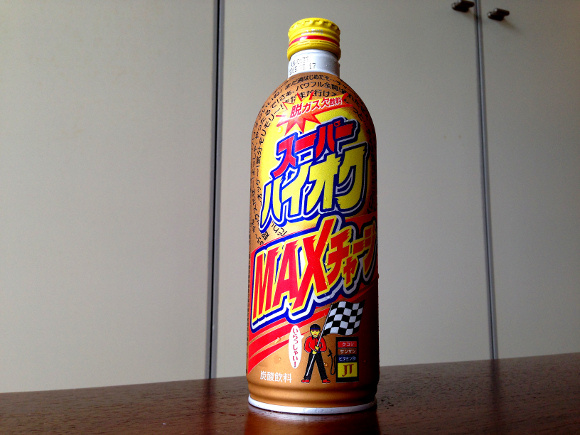
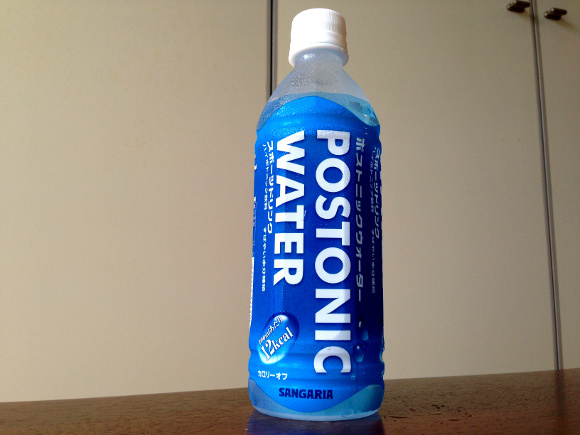
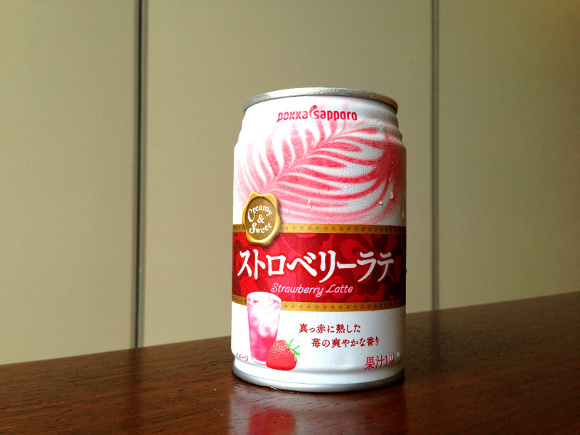
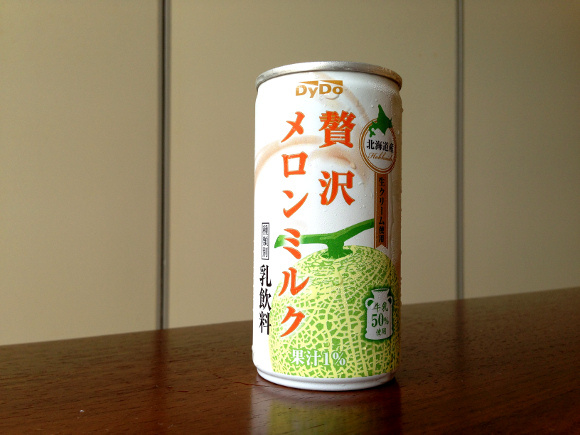
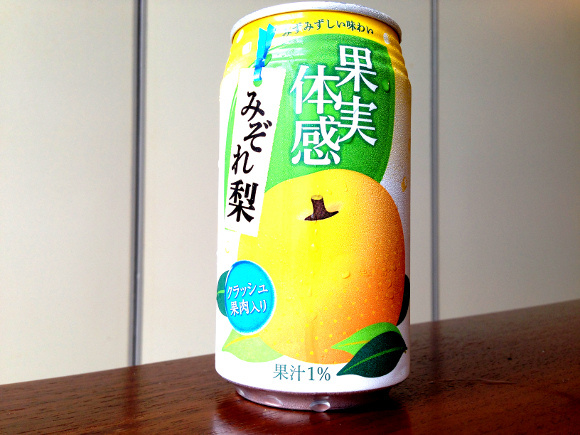
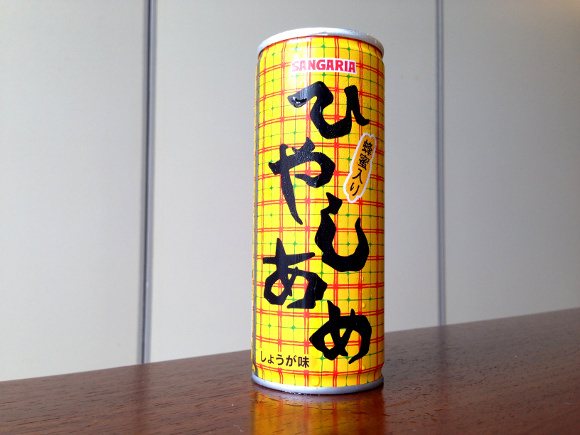
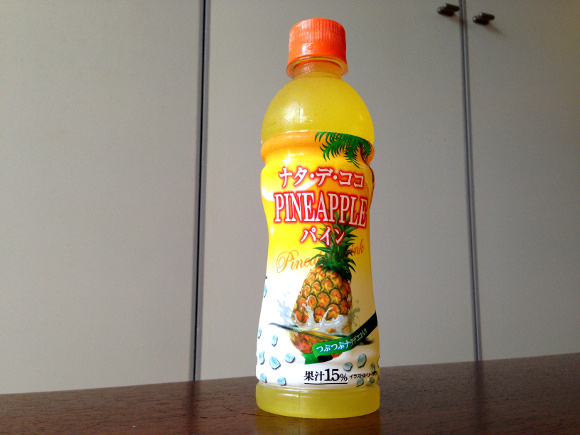
 Hey, does this Calpis taste funny? Taste-testing the new Calpis Water【Taste test】
Hey, does this Calpis taste funny? Taste-testing the new Calpis Water【Taste test】 Japanese vending machines now sell spicy “drinkable cold ramen,” but how is this chilled fire?
Japanese vending machines now sell spicy “drinkable cold ramen,” but how is this chilled fire? Four ways to enjoy delicious strawberry Calpis (other than giggling at its name)
Four ways to enjoy delicious strawberry Calpis (other than giggling at its name) “Brazilian” coffee cola released in Japan
“Brazilian” coffee cola released in Japan What’s the best (and worst) cola in the world according to our Japanese writer?
What’s the best (and worst) cola in the world according to our Japanese writer? Japan’s new difficult-to-drink-from beer glass protects your liver, but it’s a brutal experience
Japan’s new difficult-to-drink-from beer glass protects your liver, but it’s a brutal experience Demon Slayer: Kimetsu no Yaiba gets new roller coaster attractions and food at Universal Studios Japan
Demon Slayer: Kimetsu no Yaiba gets new roller coaster attractions and food at Universal Studios Japan New Pokémon ice cream, dessert drinks, and cool merch coming to Baskin-Robbins Japan【Pics】
New Pokémon ice cream, dessert drinks, and cool merch coming to Baskin-Robbins Japan【Pics】 Hello, cosmetics! Clinique teams up with Hello Kitty this summer for first-time collaboration
Hello, cosmetics! Clinique teams up with Hello Kitty this summer for first-time collaboration New Nintendo Lego kit is a beautiful piece of moving pixel art of Mario and Yoshi【Photos】
New Nintendo Lego kit is a beautiful piece of moving pixel art of Mario and Yoshi【Photos】 Caffeinated ramen for gamers that you can eat with one hand going on sale in Japan
Caffeinated ramen for gamers that you can eat with one hand going on sale in Japan How to order snacks on a Shinkansen bullet train in Japan
How to order snacks on a Shinkansen bullet train in Japan New samurai glasses are Japan’s latest weird must-have souvenir
New samurai glasses are Japan’s latest weird must-have souvenir High-fashion Totoro cuddle purse is like an elegant stroll in the forest【Photos】
High-fashion Totoro cuddle purse is like an elegant stroll in the forest【Photos】 Swords of famous samurai reborn as beautiful kitchen knives from Japan’s number-one katana town
Swords of famous samurai reborn as beautiful kitchen knives from Japan’s number-one katana town Nintendo history you can feel – Super NES, N64, and GameCube controllers become capsule toys
Nintendo history you can feel – Super NES, N64, and GameCube controllers become capsule toys “The most Delicious Cup Noodle in history” – Japan’s French Cup Noodle wins our heart【Taste test】
“The most Delicious Cup Noodle in history” – Japan’s French Cup Noodle wins our heart【Taste test】 Starbucks releases a cute Frappuccino and Unicorn Cake…but not in Japan
Starbucks releases a cute Frappuccino and Unicorn Cake…but not in Japan Kyoto Tower mascot termination reveals dark side behind cute Japanese characters
Kyoto Tower mascot termination reveals dark side behind cute Japanese characters McDonald’s Japan’s Soft Twist Tower: A phantom ice cream only sold at select branches
McDonald’s Japan’s Soft Twist Tower: A phantom ice cream only sold at select branches Yabai Ramen: What makes this Japanese ramen so dangerous?
Yabai Ramen: What makes this Japanese ramen so dangerous? Finally! Nintendo Japan expands Switch 8-bit controller sales to everybody, Online member or not
Finally! Nintendo Japan expands Switch 8-bit controller sales to everybody, Online member or not Japanese government wants to build luxury resorts in all national parks for foreign tourists
Japanese government wants to build luxury resorts in all national parks for foreign tourists To combat declining birth rate, Japan to begin offering “Breeding Visas” to foreigners
To combat declining birth rate, Japan to begin offering “Breeding Visas” to foreigners 10 things you should buy at 7-Eleven in Japan
10 things you should buy at 7-Eleven in Japan Studio Ghibli releases anime heroine cosplay dresses that are super comfy to wear
Studio Ghibli releases anime heroine cosplay dresses that are super comfy to wear Woman charged for driving suitcase without a license in Osaka
Woman charged for driving suitcase without a license in Osaka Studio Ghibli unveils My Neighbour Totoro miniature house model
Studio Ghibli unveils My Neighbour Totoro miniature house model Kyoto experiencing problems with foreign tourists not paying for bus fares, but not on purpose
Kyoto experiencing problems with foreign tourists not paying for bus fares, but not on purpose Fighting mild hunger with a Japanese soda that turns into jelly in the stomach【Taste test】
Fighting mild hunger with a Japanese soda that turns into jelly in the stomach【Taste test】 Studio Ghibli’s Howl’s Moving Castle tapestry unveiled in Japan for first time
Studio Ghibli’s Howl’s Moving Castle tapestry unveiled in Japan for first time McDonald’s new Happy Meals offer up cute and practical Sanrio lifestyle goods
McDonald’s new Happy Meals offer up cute and practical Sanrio lifestyle goods Sales of Japan’s most convenient train ticket/shopping payment cards suspended indefinitely
Sales of Japan’s most convenient train ticket/shopping payment cards suspended indefinitely Sold-out Studio Ghibli desktop humidifiers are back so Totoro can help you through the dry season
Sold-out Studio Ghibli desktop humidifiers are back so Totoro can help you through the dry season Japanese government to make first change to romanization spelling rules since the 1950s
Japanese government to make first change to romanization spelling rules since the 1950s Foreigner’s request for help in Tokyo makes us sad for the state of society
Foreigner’s request for help in Tokyo makes us sad for the state of society Ghibli founders Toshio Suzuki and Hayao Miyazaki contribute to Japanese whisky Totoro label design
Ghibli founders Toshio Suzuki and Hayao Miyazaki contribute to Japanese whisky Totoro label design Doraemon found buried at sea as scene from 1993 anime becomes real life【Photos】
Doraemon found buried at sea as scene from 1993 anime becomes real life【Photos】 Tokyo’s most famous Starbucks is closed
Tokyo’s most famous Starbucks is closed Princesses, fruits, and blacksmiths: Study reveals the 30 most unusual family names in Japan
Princesses, fruits, and blacksmiths: Study reveals the 30 most unusual family names in Japan What’s on the all-you-can-drink menu at Denny’s Japan? 【Family Restaurant Drink Bar Showdown】
What’s on the all-you-can-drink menu at Denny’s Japan? 【Family Restaurant Drink Bar Showdown】 Asahi Brewery asks: Why not mix beer and Calpis? So we do…
Asahi Brewery asks: Why not mix beer and Calpis? So we do… Our English writer rates 15 teas from Japanese conbini, is fully hydrated for the rest of summer
Our English writer rates 15 teas from Japanese conbini, is fully hydrated for the rest of summer Japan now has drinkable roasted sweet potato, and it’s practically a dessert in a bottle!
Japan now has drinkable roasted sweet potato, and it’s practically a dessert in a bottle! Why do Japan’s noisy-gulp drink commercials exist, and are they gross?【SN24 reader survey】
Why do Japan’s noisy-gulp drink commercials exist, and are they gross?【SN24 reader survey】 Do Japanese people like Dr. Pepper? Online poll seeks the truth, gets 28,000 responses
Do Japanese people like Dr. Pepper? Online poll seeks the truth, gets 28,000 responses Japanese vending machines set to become cooler than ever by selling sub-zero soft drinks
Japanese vending machines set to become cooler than ever by selling sub-zero soft drinks Japan’s Coca-Cola Plus Coffee is here to keep you both bubbly and caffeine-charged
Japan’s Coca-Cola Plus Coffee is here to keep you both bubbly and caffeine-charged Godzilla Energy drink is here, looks like a beam of Shin Godzilla’s atomic breath【Taste test】
Godzilla Energy drink is here, looks like a beam of Shin Godzilla’s atomic breath【Taste test】 Ramen-flavor shaved ice is coming to Tokyo just in time for the summer heat
Ramen-flavor shaved ice is coming to Tokyo just in time for the summer heat We spill the tea–a guide to all of Japan’s Gogo no Kocha Milk Teas sold in the wintertime
We spill the tea–a guide to all of Japan’s Gogo no Kocha Milk Teas sold in the wintertime Free Calpis fresh out of the tap available across Japan in celebration of 100th anniversary
Free Calpis fresh out of the tap available across Japan in celebration of 100th anniversary Melon Dr. Pepper appears in Japan, but is it just what the doctor ordered?【Taste test】
Melon Dr. Pepper appears in Japan, but is it just what the doctor ordered?【Taste test】 It’s a cake in a can! Shake and drink liquid strawberry shortcake now available in Japan
It’s a cake in a can! Shake and drink liquid strawberry shortcake now available in Japan Dr. Pepper fans create online map of Japan cataloging everywhere you can buy the divisive drink
Dr. Pepper fans create online map of Japan cataloging everywhere you can buy the divisive drink How many Mentos can the human body handle with a gulp of cola? We experiment 【Video】
How many Mentos can the human body handle with a gulp of cola? We experiment 【Video】
Leave a Reply